Respiratory infections pose a significant threat to the health and longevity of pet reptiles. These conditions can rapidly progress from mild symptoms to life-threatening illnesses if not properly addressed. As cold-blooded creatures, reptiles rely entirely on their environment for temperature regulation, making them particularly vulnerable to respiratory issues when their habitat conditions aren’t optimal. While many reptile enthusiasts focus on feeding and handling, proper respiratory health management often receives less attention despite being equally crucial. This comprehensive guide will explore the essential steps every reptile owner should take to prevent respiratory infections, from creating the ideal habitat to recognizing early warning signs that could save your scaly companion’s life.
Understanding Respiratory Infections in Reptiles
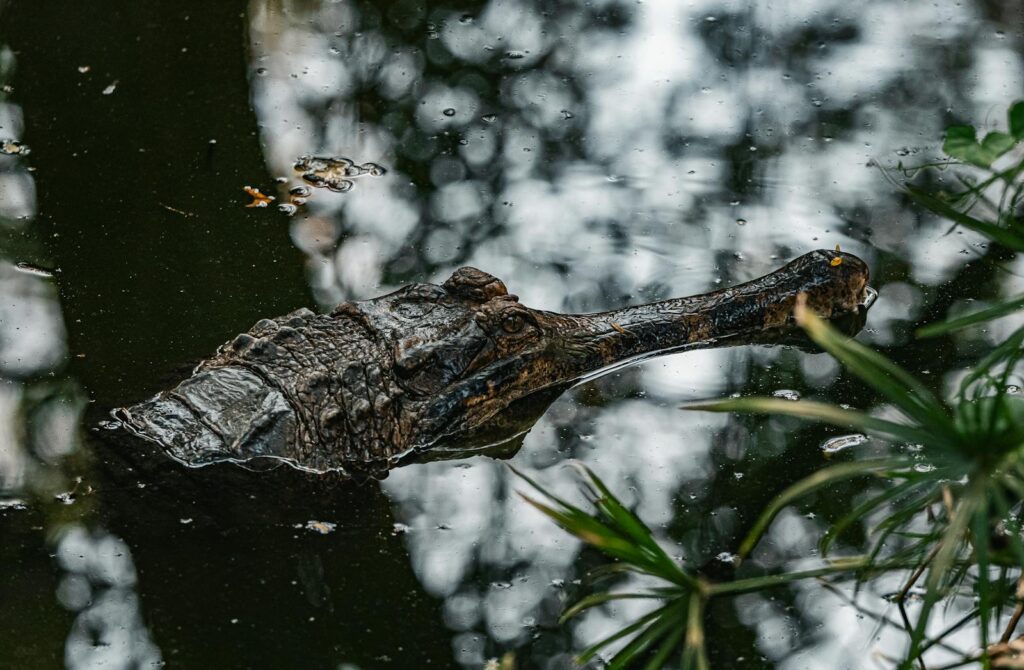
Respiratory infections in reptiles typically develop when pathogenic bacteria, fungi, or viruses colonize the respiratory tract, often as opportunistic invaders when an animal’s immune system is compromised. Unlike mammals, reptiles lack a diaphragm and rely on different breathing mechanisms, making their respiratory systems uniquely vulnerable to environmental stressors. Most respiratory infections in captive reptiles stem from suboptimal husbandry practices rather than contagious spread, though quarantining new animals remains important. The severity of these infections ranges from mild upper respiratory symptoms to severe pneumonia that can prove fatal if not promptly addressed with veterinary intervention and improved husbandry practices.
Maintaining Proper Temperature Gradients

Creating appropriate temperature gradients within your reptile’s enclosure is perhaps the single most important factor in preventing respiratory infections. Reptiles require thermal zones that allow them to thermoregulate by moving between warmer and cooler areas as needed. Most species should have a basking spot at the higher end of their temperature preference range and a cooler retreat area at the lower end. Insufficient heat forces reptiles to operate with sluggish immune systems, while excessive heat can cause respiratory distress through dehydration and increased metabolic demands. Digital thermometers placed at both the warm and cool ends of the enclosure are essential for accurate monitoring, rather than relying on ambient room temperature or guesswork.
Controlling Humidity Levels
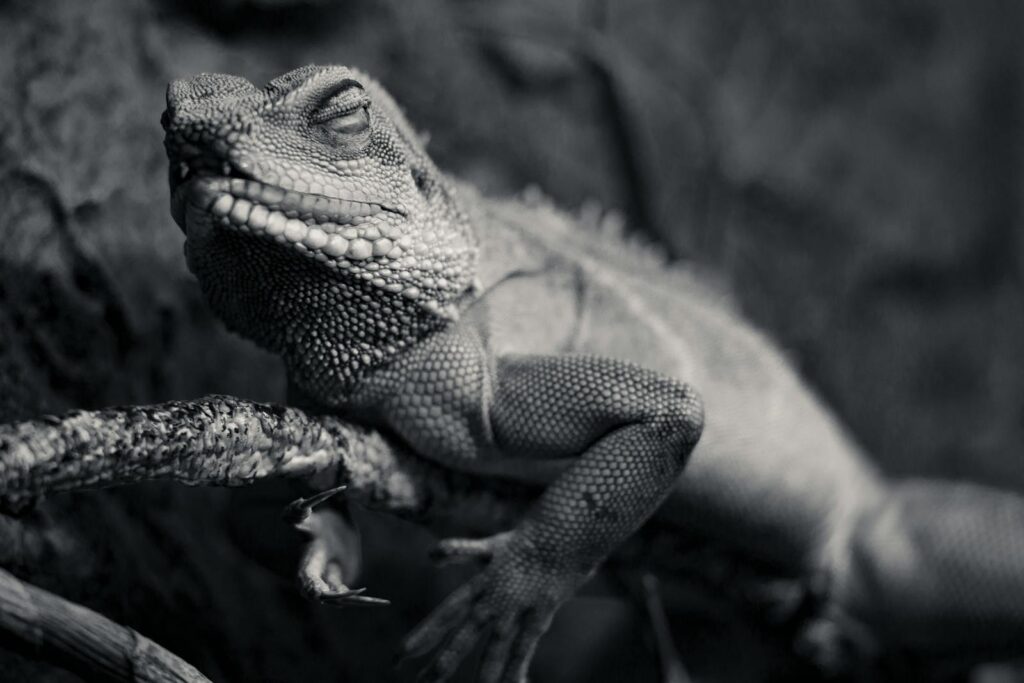
Humidity plays a crucial role in respiratory health, with requirements varying dramatically across reptile species. Desert species like bearded dragons typically require low humidity (30-40%), while tropical species such as certain geckos and chameleons may need humidity levels of 70% or higher. Both insufficient and excessive humidity can trigger respiratory problems—too dry can cause dehydration and irritated airways, while too damp can promote bacterial and fungal growth. Hygrometers should be used to monitor humidity levels, with adjustments made through misting, water dishes, substrate choices, and ventilation control. Many species benefit from having humidity gradients in their enclosure, mirroring the varied microclimates they would encounter in nature.
Ensuring Proper Ventilation
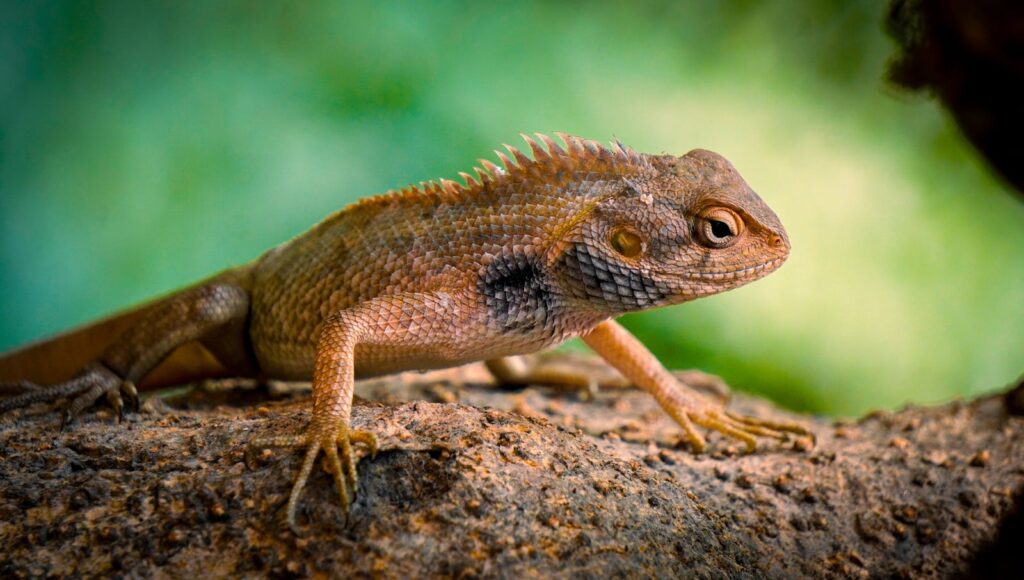
Adequate ventilation is essential for preventing the buildup of harmful pathogens, ammonia from waste, and carbon dioxide that can irritate reptilian respiratory systems. Enclosures need a balance of air exchange without creating drafts that could chill your animal or rapidly deplete humidity. Glass terrariums with screen tops often provide suitable ventilation for many species, though some high-humidity species may require modifications to retain moisture. Custom enclosures should include strategically placed ventilation holes or mesh panels, typically with more ventilation at the top to allow for the natural rise of warm air. Stagnant air pockets can quickly become breeding grounds for bacteria, so ensuring air circulation throughout all areas of the habitat is critical.
Selecting Appropriate Substrate
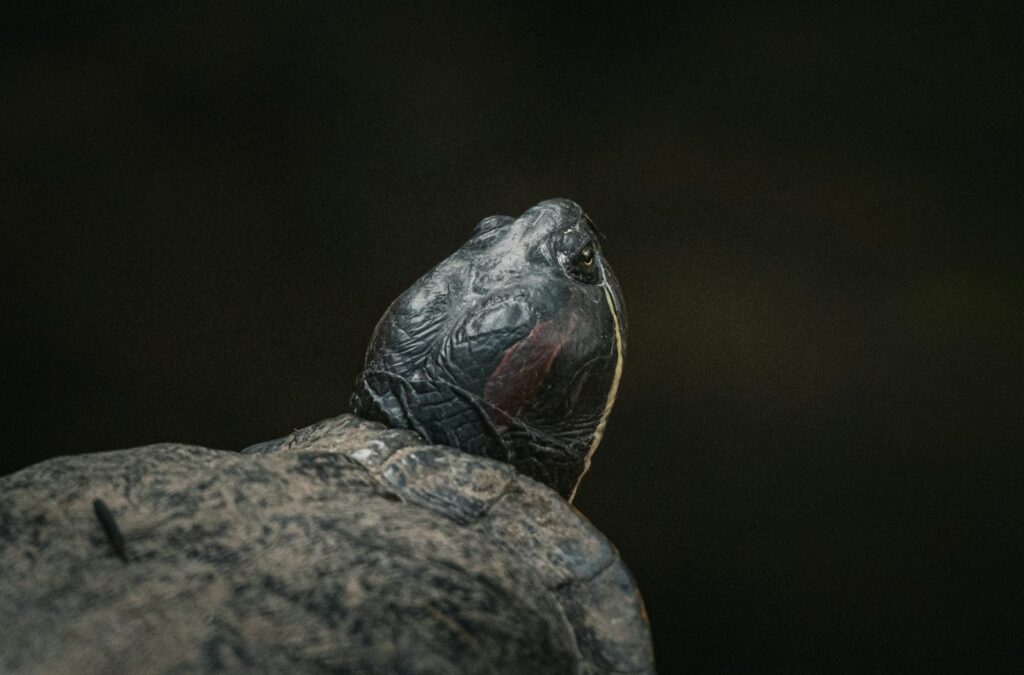
The substrate in your reptile’s enclosure can significantly impact respiratory health through dust, humidity control, and potential for bacterial growth. Fine particle substrates like sand, walnut shells, or loose coconut coir can create airborne dust that irritates respiratory passages when disturbed. Moisture-retaining substrates like sphagnum moss or cypress mulch can harbor mold if not properly maintained or changed regularly. Paper towels, newspaper, or reptile carpet offer less naturalistic but often cleaner alternatives that minimize respiratory irritants. Species-specific considerations should guide your substrate choice—desert dwellers typically need dry, low-dust options, while tropical species require substrates that can safely maintain higher humidity without becoming moldy.
Maintaining Impeccable Hygiene

Rigorous cleaning protocols are fundamental to preventing respiratory infections in captive reptiles. Fecal matter, uneaten food, and soiled substrate should be removed daily to prevent ammonia buildup from waste decomposition, which can severely irritate reptilian airways. A deeper cleaning schedule should be established for partial substrate changes and surface disinfection, typically weekly for most species. Complete habitat breakdown and thorough disinfection with reptile-safe cleaners should be performed monthly for most setups, being careful to rinse all surfaces thoroughly to remove cleaner residues that could cause respiratory irritation. Water dishes are particularly important to keep clean, as they can quickly become breeding grounds for harmful bacteria that may be ingested or aerosolized.
Providing Proper Nutrition
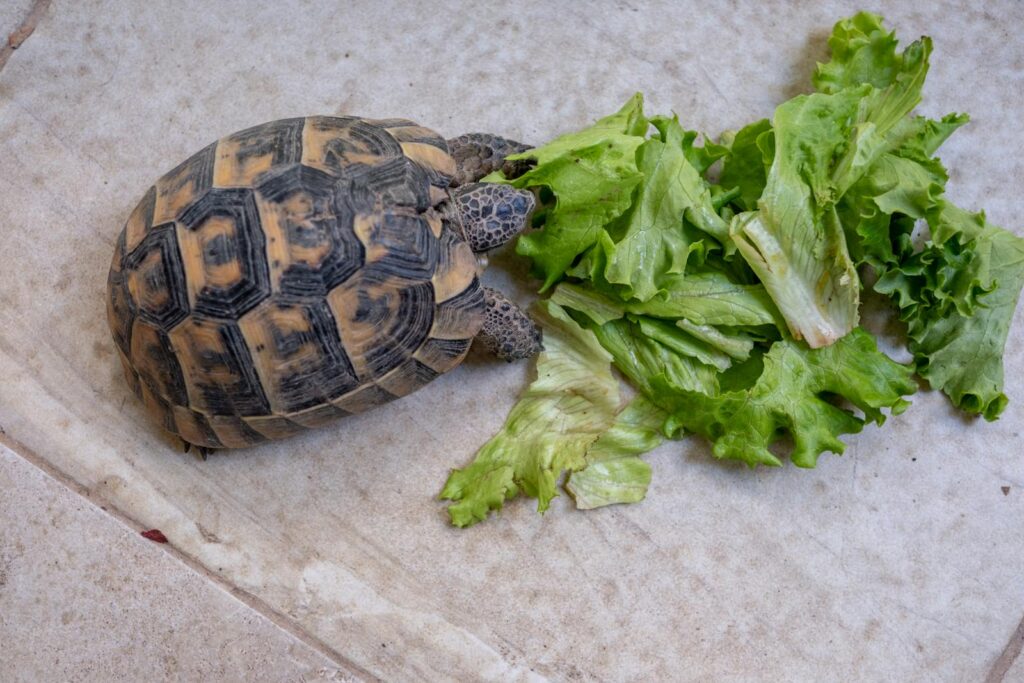
A well-balanced diet strengthens your reptile’s immune system, making them more resistant to respiratory pathogens they may encounter. Vitamin A deficiency in particular has been linked to decreased respiratory epithelial integrity, making reptiles more susceptible to infections. Different species have vastly different nutritional requirements—herbivores need variety in plant matter, omnivores require balanced plant and animal proteins, while carnivores need appropriate whole prey items. Proper supplementation with calcium, vitamin D3, and multivitamins according to species-specific protocols helps ensure complete nutrition. Fresh, clean water should always be available, as proper hydration is essential for maintaining the mucous membranes that serve as a first line of defense against respiratory pathogens.
Minimizing Stress Factors

Chronic stress significantly suppresses reptile immune function, creating vulnerability to respiratory infections even when other husbandry aspects are adequate. Common stressors include excessive handling, inadequate hiding places, housing incompatible species together, or placing enclosures in high-traffic areas with constant movement and noise. Visual stress from seeing potential predators (including household pets) can trigger prolonged stress responses even when physical contact isn’t possible. Providing multiple secure hides throughout the temperature gradient allows reptiles to retreat when feeling threatened. Establishing consistent routines for feeding, light cycles, and maintenance helps reduce anxiety, as reptiles generally thrive with predictability in their environment.
Quarantining New Animals

Implementing strict quarantine protocols for new reptiles is essential for preventing the introduction of respiratory pathogens to your existing collection. New acquisitions should be housed separately for a minimum of 30-90 days, depending on species and source, with separate feeding equipment, substrate, and handling protocols to prevent cross-contamination. During quarantine, closely monitor for any signs of respiratory distress including mouth breathing, wheezing, nasal discharge, or lethargy. Ideally, care for quarantined animals after handling established healthy animals, or implement handwashing and clothing changes between enclosures. A veterinary examination during the quarantine period can help identify subclinical infections before they spread to your established collection.
Recognizing Early Warning Signs
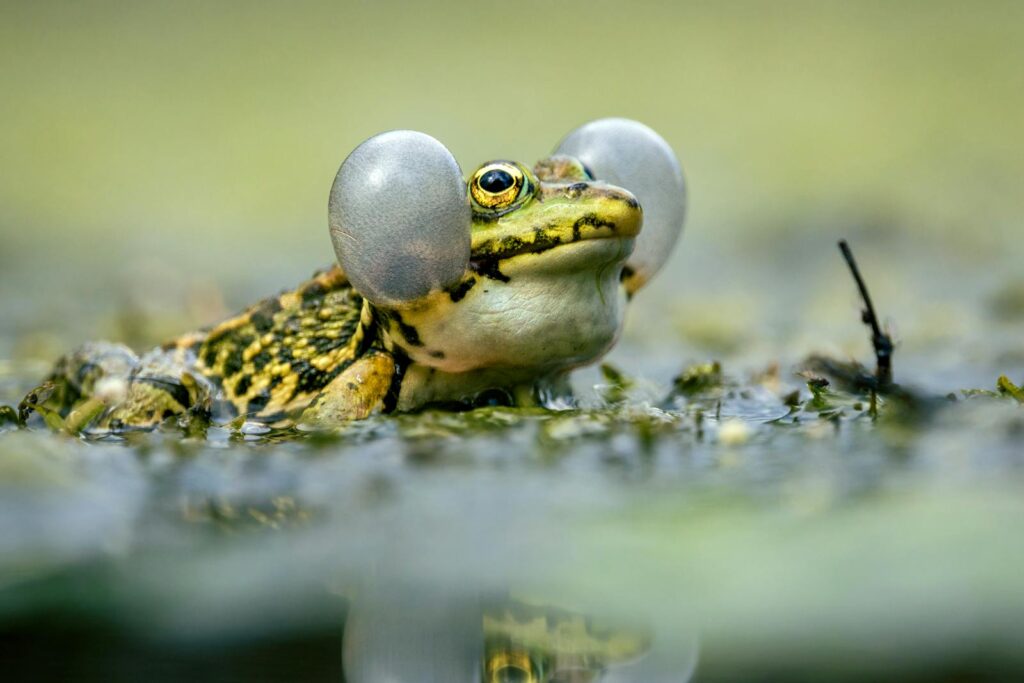
Early detection of respiratory issues dramatically improves treatment outcomes, making it crucial for reptile keepers to recognize subtle symptoms. Initial signs often include decreased activity, reduced appetite, and spending more time in either the warm or cool areas of the enclosure rather than normal thermoregulatory movement. Open-mouth breathing (gaping) when not basking, unusual posturing with the neck extended, or audible wheezing during respiration warrant immediate attention. Nasal discharge, bubbles around the mouth or nostrils, or changes in fecal consistency (as overall health declines) may also appear as the infection progresses. Regular observation sessions where you quietly watch your reptile’s normal behaviors will help you detect behavioral changes that might indicate respiratory distress.
Avoiding Harmful Chemicals and Fumes
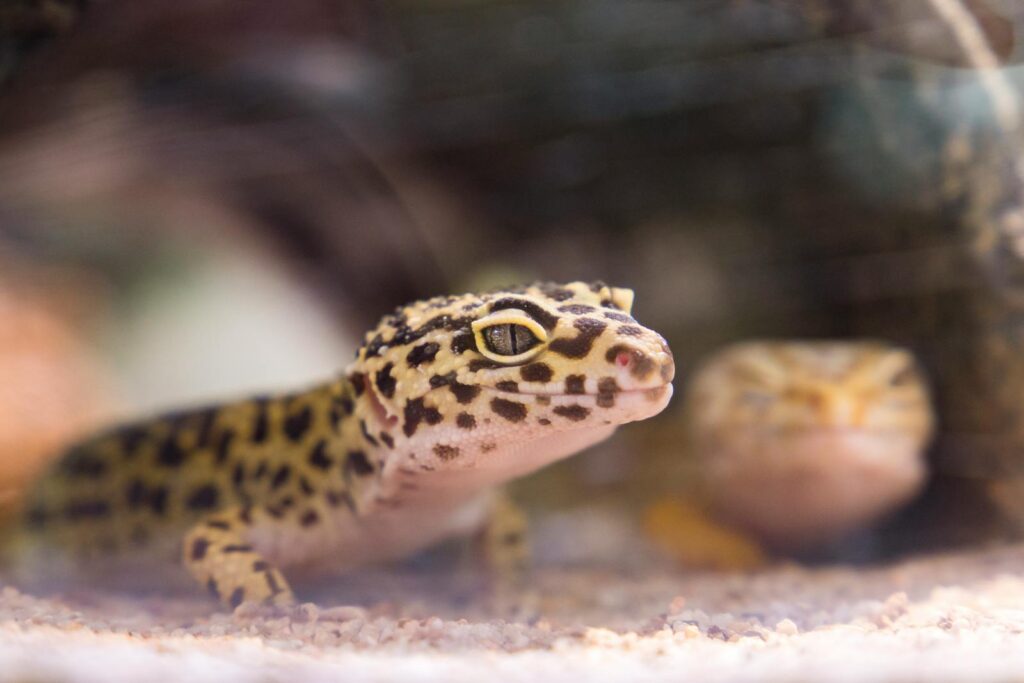
Reptiles possess highly sensitive respiratory systems that can be damaged by airborne chemicals commonly found in households. Aerosol products like air fresheners, perfumes, cleaning sprays, and insecticides should never be used near reptile enclosures, as the particulates can settle in the habitat and on the animal’s skin. Oil diffusers, scented candles, and incense produce volatile compounds that can irritate mucous membranes even at concentrations that humans find pleasant. Household cleaning should be conducted well away from reptile enclosures, with rooms well-ventilated before reptiles are returned if they must be temporarily relocated. Even substrates like cedar or pine shavings, which contain aromatic oils, can cause respiratory inflammation in many reptile species and should be avoided.
Seasonal Considerations for Respiratory Health
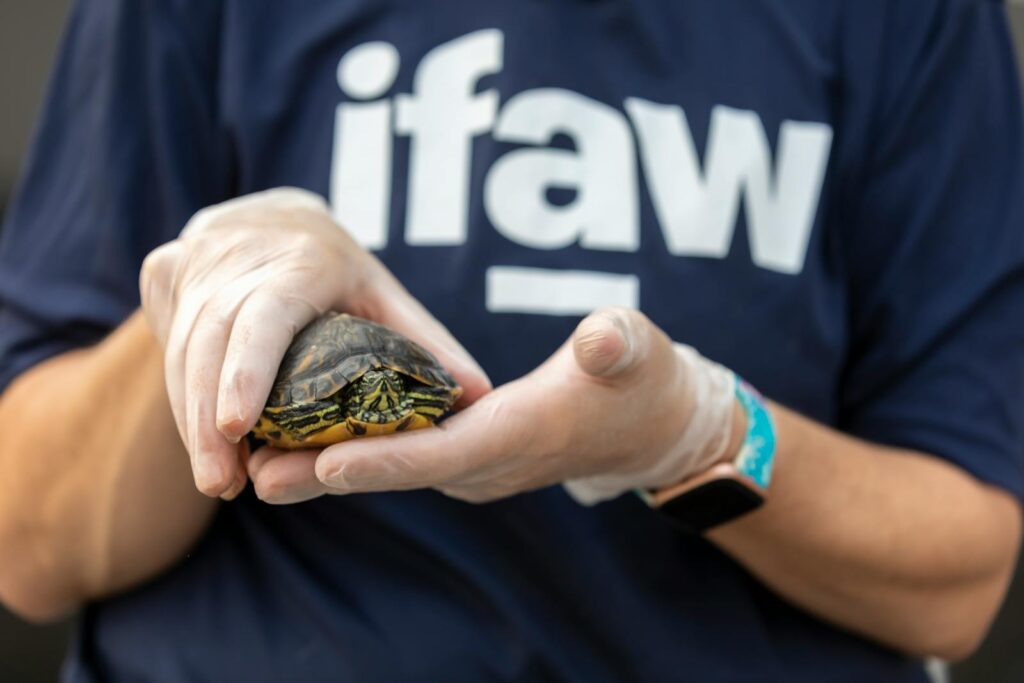
Seasonal changes in ambient temperature and humidity can impact the microclimate inside reptile enclosures even with controlled heating and lighting. Winter heating in homes typically reduces ambient humidity, which may require more frequent misting or humidifier use for tropical species. Air conditioning in summer can create drafts and temperature fluctuations that stress reptiles’ thermoregulatory systems. Adjustments to heating elements, bulb wattages, or thermostat settings may be necessary as seasons change to maintain proper temperature gradients. Many reptiles also benefit from seasonal adjustments to their lighting schedules that mimic natural photoperiod changes, which can help maintain their circadian rhythms and overall health, including immune function that protects against respiratory infections.
Working with a Reptile Veterinarian
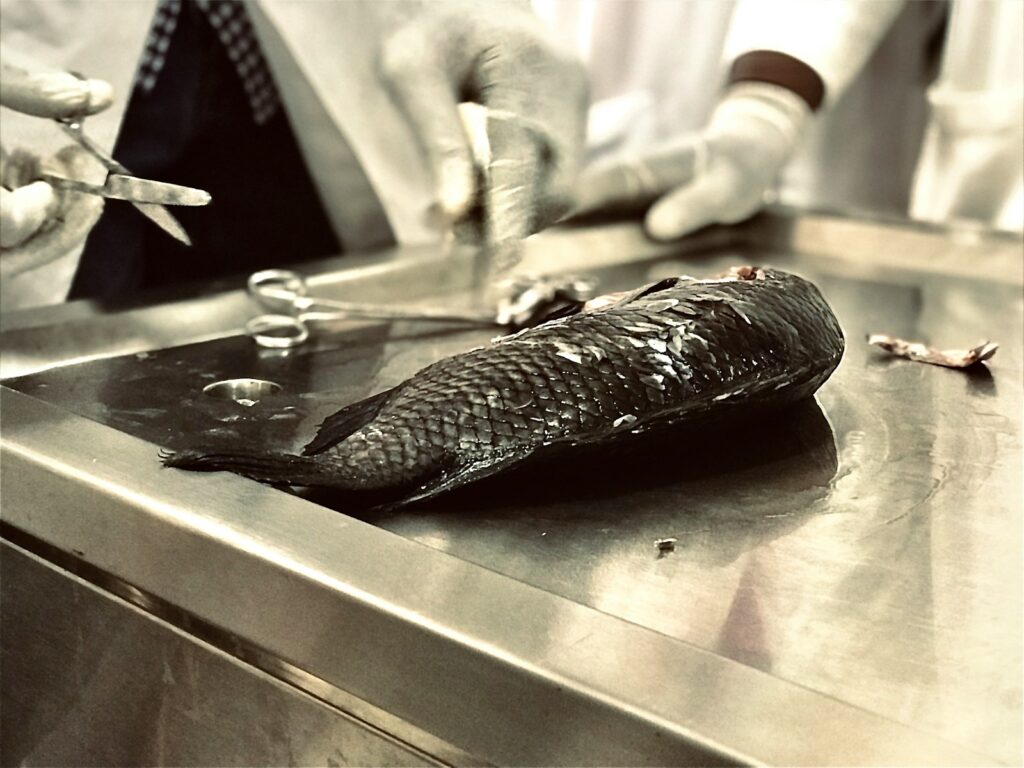
Establishing a relationship with a veterinarian experienced in reptile medicine before health issues arise is invaluable for respiratory disease prevention. Annual wellness exams can detect subtle signs of suboptimal husbandry or early disease that might otherwise go unnoticed until more serious symptoms develop. A knowledgeable veterinarian can provide species-specific guidance on habitat parameters, nutrition, and preventative care based on the latest research and clinical experience. When respiratory symptoms do appear, prompt veterinary assessment allows for proper diagnosis through physical examination, radiographs, or laboratory testing of samples from the respiratory tract. Early intervention with appropriate antibiotics, antifungals, or supportive care significantly improves prognosis for respiratory infections compared to waiting until symptoms become severe.
Conclusion

Preventing respiratory infections in pet reptiles requires attentive husbandry and a thorough understanding of each species’ specific environmental needs. By maintaining appropriate temperature gradients, humidity levels, and ventilation while ensuring proper nutrition and minimizing stress, reptile owners can significantly reduce the risk of these potentially fatal conditions. Regular monitoring for early warning signs combined with prompt veterinary care when needed forms a comprehensive approach to respiratory health management. Remember that most respiratory infections in captive reptiles are directly linked to husbandry issues rather than contagious disease, making prevention through optimal care the most effective strategy for keeping your scaly companions breathing easily for years to come.

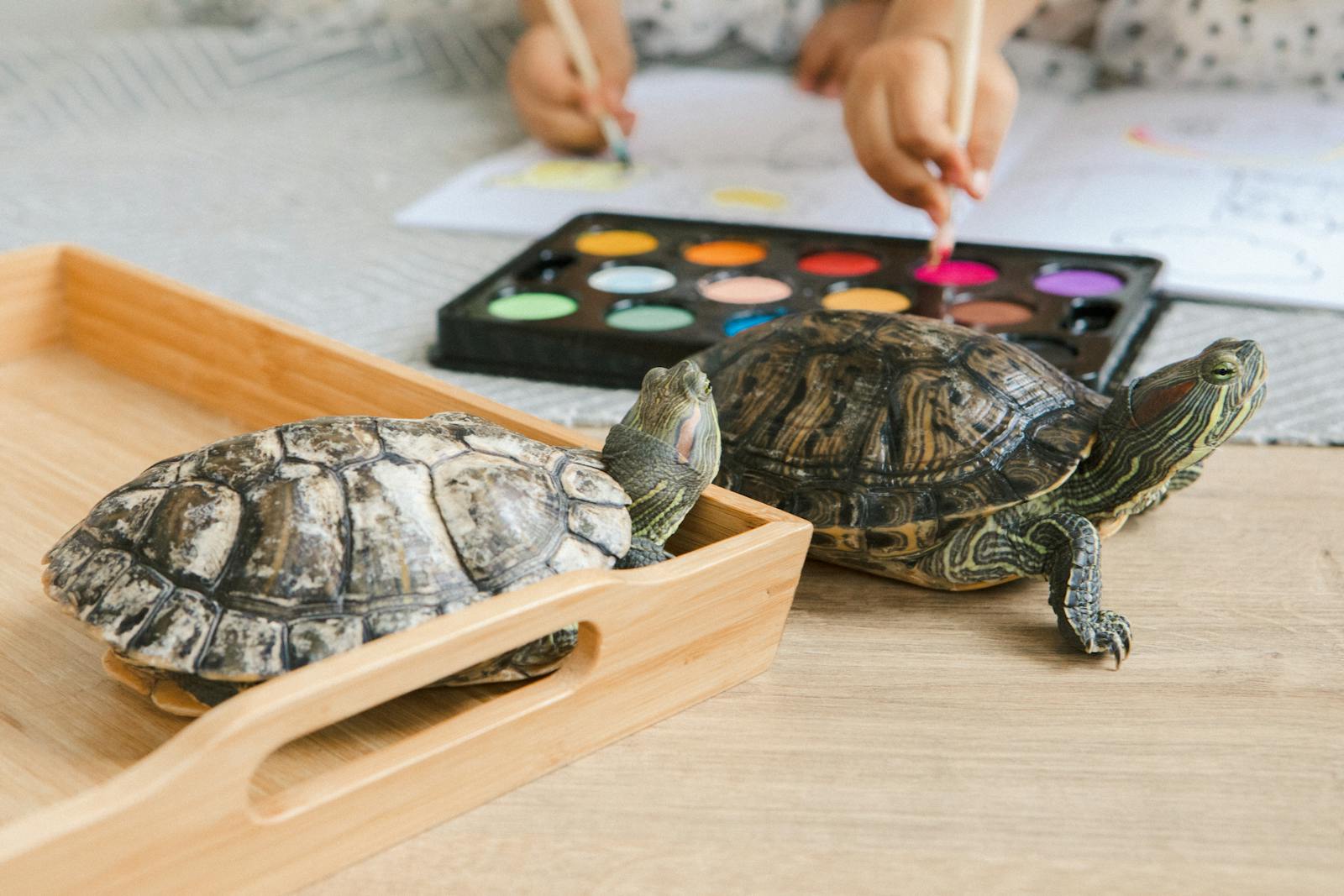







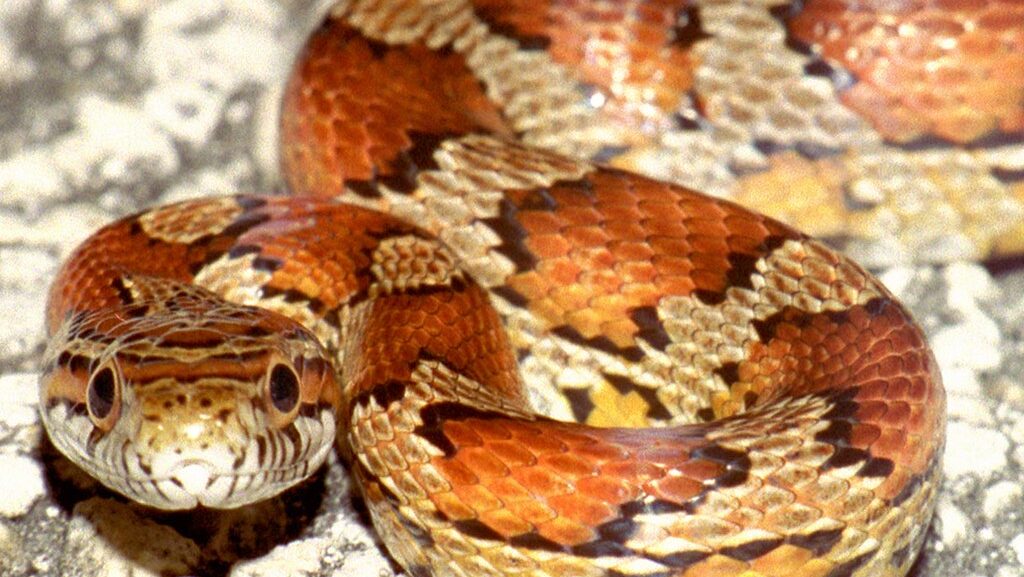
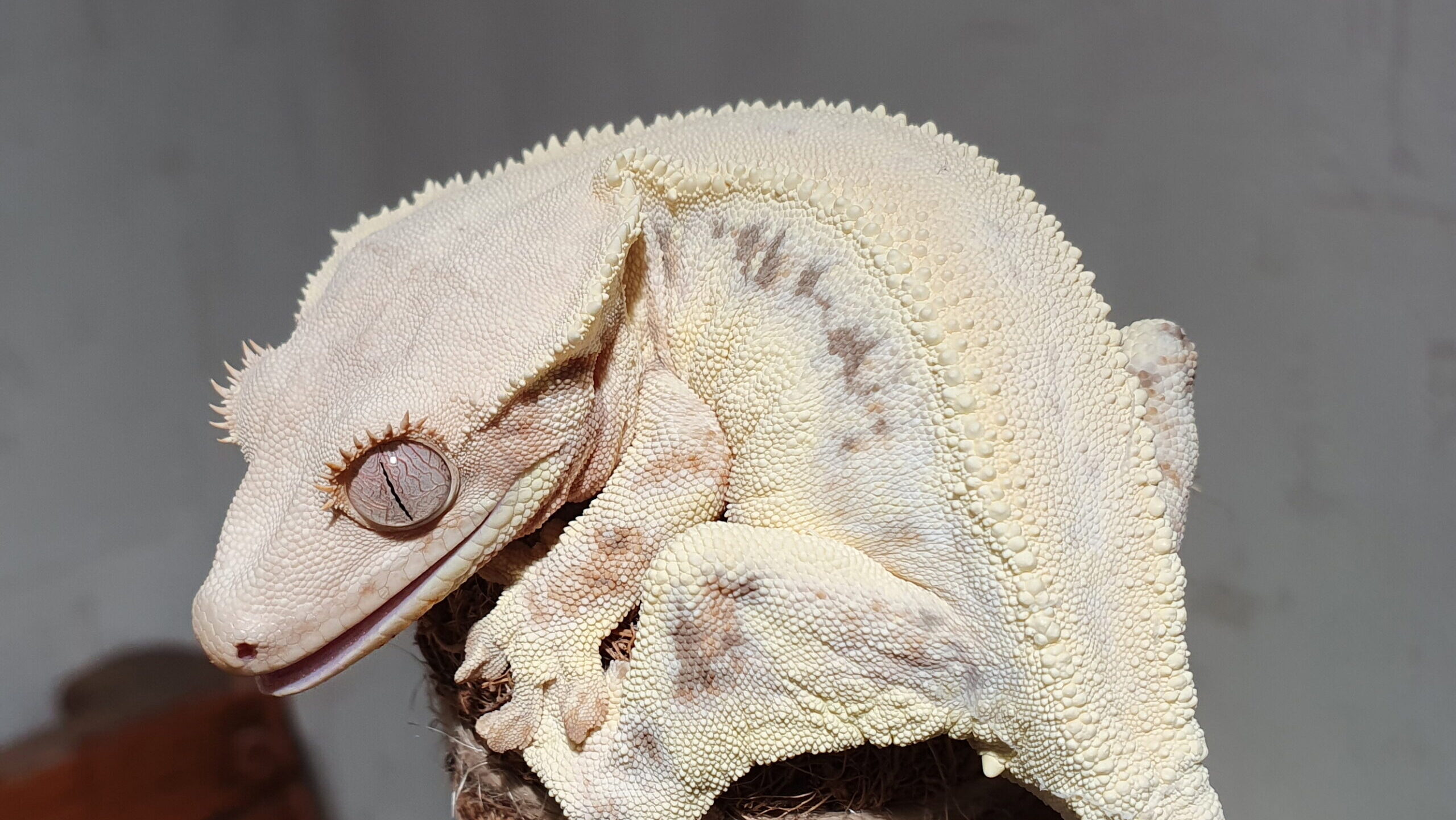





Leave a Reply